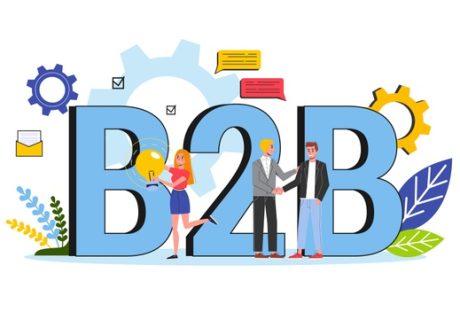Every business owner is faced with the challenge of knowing when to outsource and when to hire in-house.
With most business tasks, this depends on many different factors. But when it comes to accounting, it’s always better to outsource.
In this guide are five amazing benefits of outsourced bookkeeping. Read on to see why you should outsource bookkeeping services.
1. Increased Privacy/Security:
Due to the sensitive nature of financial documents, and the wide array of legal issues that result from improper bookkeeping, your accountant must be extremely trustworthy. If they do you wrong, it could completely destroy your company.
This is doubly true of in-house accountants. As they are a member of your own staff, you are held accountable for any mistakes they make.
But when you outsource your bookkeeping, this burden of accountability is outsourced as well. Since the accountant belongs to a separate company, any mistakes or intentional misconduct they make is on them, not you.
Plus, when you outsource, there’s far less chance of misconduct happening regardless. The stakes are much higher for outsourced accountants than for in-house ones.
For an in-house accountant, bookkeeping is just a job. They might leave for a better one at any time. They aren’t necessarily all-in.
But a third-party accounting company is. If they don’t provide you with competitively superior accounting service, they’ll go out of business.
2. Peace of Mind for Everyone Else:
When you do your own bookkeeping, you have exclusive control of your company’s secret financial records that no one else is allowed to see. Understandably, this makes clients and tax agencies nervous.
How do they know you’re not fudging numbers and manipulating the records for selfish gain? They’d have to just take your word for it. And that’s not very reassuring.
But a third-party accountant has zero incentive to bookkeep dishonestly. And since the accounting is done off-site, no one at your company will even have access to edit or share this information. So there’s no reason for anyone to question the accuracy or integrity of their accounting.
3. No Training, No Management, No Turnover:
Your outsourced accountant requires no recruiting, no training, and no management from you, ever. That’s all taken care of by their company.
It’s true, however, that you’ll still have to scout for the right accounting company for your business. But it’s much less involved than the typical hiring process. Here’s more info on that.
Best of all, you’ll never have to worry about turnover. This is a really, really huge deal when it comes to bookkeeping. Have you ever considered what happens if your in-house bookkeeper quits without any notice whatsoever?
Accounting is essential. It’s not something you can put on hold until you hire someone else (which can take a really long time). Who will take care of it in the meantime?
If you outsource, you won’t need to answer these questions. Even if the accountant assigned to your case abruptly quits, there’s an entire team of qualified accountants ready to replace them.
4. Keep Your Focus on Your Business:
You heard us right. When you outsource, you won’t have to recruit, manage, or rehire accounting staff, or do your own accounting, ever again. It sounds like you just got a lot more time on your hands.
What will you do with it? You’ll do what you do best, of course. You now have all this extra time to invest in your business where you’re needed the most.
5. Upscale or Downscale With Ease:
Outsourced accounting is as big or as small as you need it to be. It will more easily upscale or downscale with you as needed than in-house accounting staff.
There won’t be any hiring or layoffs of accounting staff when your company rapidly changes size. And they don’t take up any space in your office, so space restrictions won’t be an issue, either.
Get Outsourced Bookkeeping For Your Business:
It’s now plain to see that outsourced bookkeeping is the best option for any business. Outsource your bookkeeping to reap these great benefits.
Get more financial tips for your smoutsourced bookkeepingall business right here. Read about six loan mistakes every business owner must avoid.
Read Also:























All Comments
jordan shoes
Aw, this was a really nice post. In idea I wish to put in writing like this additionally ?taking time and precise effort to make a very good article?however what can I say?I procrastinate alot and not at all appear to get something done.